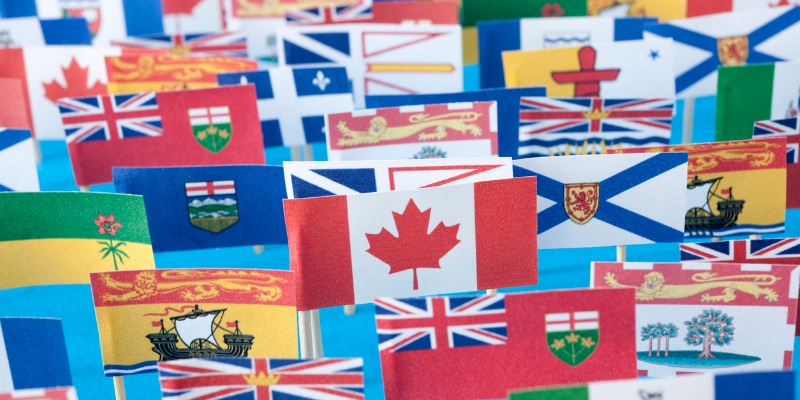Alberta’s woes threaten Canada’s finances from coast to coast

Without the tens of billions of dollars Ottawa takes out of Alberta, Canada would be deep in a sea of red. And federal transfers, which move billions of dollars to Atlantic Canada and Quebec, would face impossible pressure.
For example, from 2007 to 2019, (the most recent year of comparable data), as detailed in my new study published by the Fraser Institute, Ottawa annually pocketed $22 billion (inflation-adjusted) more in revenue from Alberta than it spent in the province—good for a $280 billion surplus over the period.
That means the federal deficit would have been $22 billion higher—annually—without Alberta’s contribution, and the federal debt $280 billion greater. Looked at another way, Alberta covered the lion’s share of federal deficit-spending in other provinces. Ottawa spent $197 billion more in Atlantic Canada over the period than it raised in revenues. And $200 billion more in Quebec.
Now factor in COVID and pandemic-related spending. The Parliamentary Budget Officer (PBO) projects a federal budget deficit of $383 billion for the 2020/21 fiscal year (compared to $25 billion in 2019/20) followed by deficits of $121 billion in 2021/22 and $51 billion the following year. Neither the PBO nor Ottawa’s latest economic update directly address the impact on federal revenues of the oil industry decline.
Yet, the impact on the industry, and thus government revenues, will be great due to pipeline roadblocks and low energy prices. The U.S. Energy Information Administration estimates oil prices in 2022 will be 14 per cent lower than in 2019, hardly a banner year. And of course, President Joe Biden recently scuttled the Keystone XL pipeline project.
Unfortunately, the scale of fiscal federalism is seldom understood. Fiscal federalism isn’t just equalization. Most net transfers come through imbalances in other programs such as employment insurance, social programs and various subsidies.
For example, from 2007 to 2019, Ottawa raised $617 billion in Alberta and spent slightly more than half that amount ($337 billion) in the province. In other words, Ottawa raised $156,471 per Albertan but spent only $84,980, for a net outflow per person of $71,563, equaling 6.4 per cent of Alberta’s GDP.
Over the same period, Ottawa spent $178,466 per Atlantic Canadian with revenues of $95,513, for a net federal transfer of $82,953 per Atlantic Canadian. Although total net transfers to Atlantic Canada and Quebec over the period are roughly the same, per-person transfers to Quebec ($24,756) are much smaller due to its larger population.
Clearly, without the Alberta cushion, Canada faces tough fiscal choices. Ottawa could run deficits forever (or until people stop lending us money). Or once the COVID crisis fades, Ottawa could cut spending and reform fiscal federalism. The latter option does not seem to be in the cards, though it offers the best route to restoring fiscal balance.
Of course, governments—including the Trudeau government—could improve Canada’s fiscal situation by tackling a root cause of Alberta’s economic malaise; its lack of access to markets due primarily to a dearth of pipeline capacity.
The Energy East and the Northern Gateway pipeline projects were killed primarily by political pressure. Energy East’s viability was weakened by Keystone XL, which would have served some of the same markets. President Biden has solved the problem of competition from Keystone, so Energy East may well be economically viable now.
Canada depends on Alberta’s fiscal health. The province’s economic challenges should motivate a review of fiscal federalism and another look at Energy East and Northern Gateway. Alberta’s economy will suffer without them. But so will Canadian taxpayers from coast to coast.
Author:
Subscribe to the Fraser Institute
Get the latest news from the Fraser Institute on the latest research studies, news and events.

